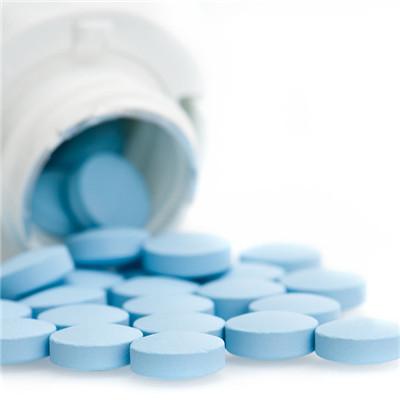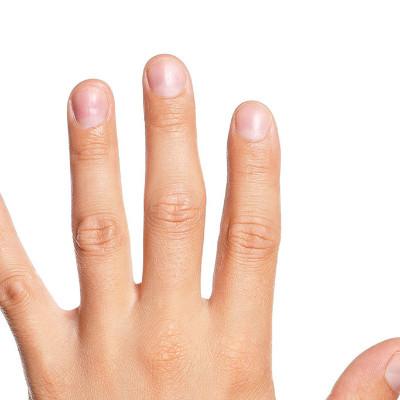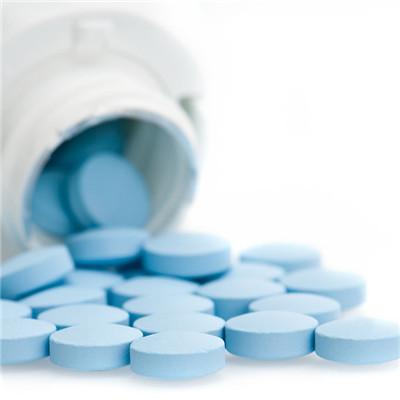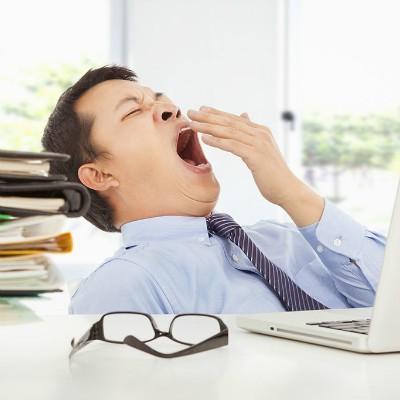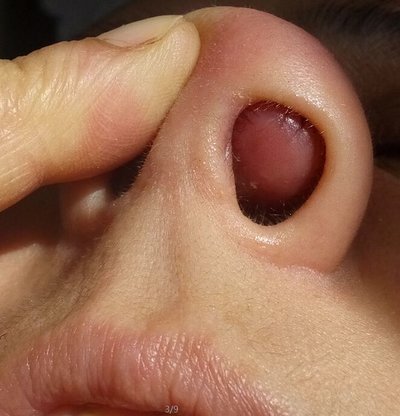Medicine that can't be taken for epilepsy
summary
Although epilepsy is a kind of refractory disease, as long as the patients, family members and doctors do a good job in cooperation and communication, after regular and regular treatment, the vast majority of seizures can be well controlled or cured, and most patients are good after recovery. So what medicine does epileptic disease cannot eat have?
Medicine that can't be taken for epilepsy
Quinolones include Pipemidic Acid, norfloxacin, enoxacin and ciprofloxacin. The incidence of central nervous system toxicity caused by ciprofloxacin was 0.4% - 2.2%. The main symptoms were dizziness, headache, anxiety, hand tremor, drowsiness, insanity, insomnia, hallucination, epilepsy, etc. Cleary et al reported that ciprofloxacin treatment caused sudden severe convulsions. It is believed that the drug blocked the binding of antiepileptic drugs and receptors in the brain, which directly led to neurotoxicity. Recent studies have shown that quinolones can inhibit the binding of inhibitory neurotransmitter gamma aminobutyric acid (GABA) with receptor sites in the brain, and increase the excitability of the central nervous system, leading to spasm and epilepsy. Therefore, it is suggested that patients with a history of epilepsy should use such drugs with caution.
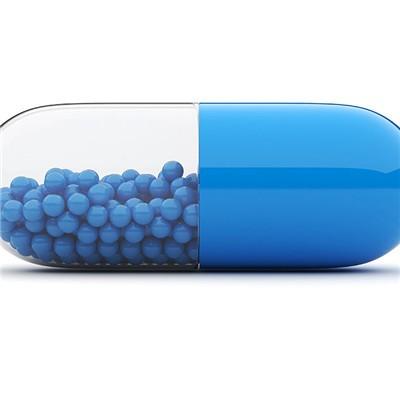
Glucocorticoids include cortisone acetate, hydrocortisone acetate, prednisone acetate (cortisone acetate), dexamethasone (Flumetasone), betamethasone. These drugs can induce mental symptoms. Long term and large-scale use can cause euphoria, excitement, insomnia, individual can induce mental bacteria, and children can cause convulsions. Epilepsy patients can induce seizures, epilepsy patients with caution or do not use such drugs.

Isoniazid is one of the most common antituberculous drugs. It has high selectivity, strong force and bactericidal effect on Mycobacterium tuberculosis. Patients with epilepsy should use isoniazid with caution. If the dosage is too large or the medication time is long, it can cause adverse reactions of nervous system, such as numbness of limbs, burning pain, tingling, insomnia, muscle tremor and convulsion. Its mechanism is similar to that of isoniazid and vitamin B6, but it competes for the same enzyme system or combines them to form hydrazone, which is excreted in urine and leads to vitamin B6 deficiency.
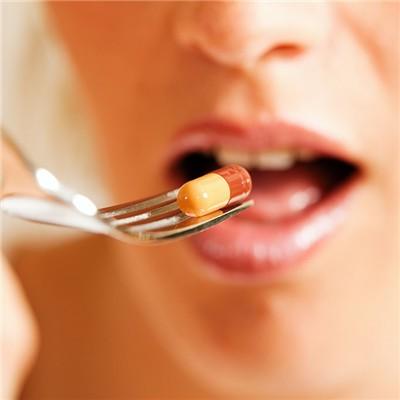
matters needing attention
Never take the so-called pure Chinese medicine at will: tablets, capsules, pills, powders. Most of these so-called pure Chinese medicines are added with cheap Western medicines. Some so-called pure Chinese medicines without side effects are even added with 4-5 kinds of cheap Western medicines (most of them are diazepam, phenytoin, phenobarbital and carbamazepine). After taking them, their toxic and side effects are great, and it is very easy to lead to the formation of refractory epilepsy, which makes the regular treatment ineffective. Please take a look at the so-called Chinese medicine you eat whether there is a national medicine brand. If not, you can't take it. If there is, you can see if there is a western medicine added and what ingredients it is.

